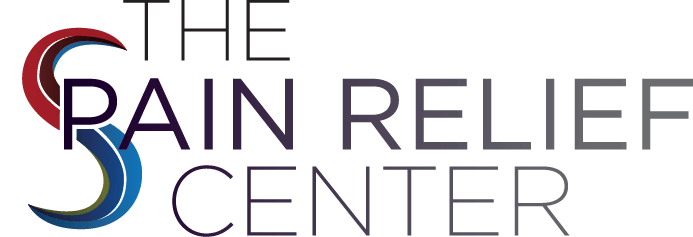SPINAL CORD STIMULATOR
PLANO PAIN RELIEF DOCTOR
Home » Treatments » Spinal Cord Stimulator
PAIN MANAGEMENT TREATMENT OPTIONS
Back & Spinal Pain – Plano Doctor
The Microsurgery Spine and Pain Institute in Plano, Texas offers a Spinal Cord Stimulator to help manage spinal and back pain. Call us today for more information or to schedule an appointment.
What is a Spinal Cord Stimulator?
A spinal cord stimulator is an electronic device inserted under the skin that blocks pain signals from reaching the brain by using an electrical current to create pleasant sensations in the spine. The device can be used to treat those who suffer from chronic back and limb pain caused from conditions such as pain from failed back surgery, causalgia and reflex sympathetic dystrophy. Since its approval by the FDA in 1989, spinal cord stimulation treatments have become a standard treatment for patients with the aforementioned chronic pain symptoms in their back and limbs. While the treatment does not work for everyone, most patients who qualify report 50-70 percent reduction in overall pain, as well as an increased ability to participate in normal family and work activities. Many patients find that they can decrease or stop taking painkillers or other pain medications after undergoing spinal cord stimulation.
Procedure and Benefits
The procedure is carried out in two parts. The first part serves a trial run in which the physician tests the effectiveness of the stimulator of the patient’s body. After administering local anesthetic, the physician will insert a needle between a vertebra and the spinal cord and secure it into place. Stimulations are fed through the needle from a temporary stimulator attached to a belt. The patient then journals the degree of pain throughout each day for three to five days before returning to the doctor’s office to discuss the results and to determine whether the spinal cord stimulator is the best choice for pain relief.
If the spinal cord stimulator reduces the pain by at least half, the physician will probably recommend the implementation of the spinal cord stimulator as the best course of action. To begin second part of the procedure, the patient lies in the prone position or on his or her side. After the patient is sedated and the areas near the insertion of the stimulator are shaved, the physician injects a local anesthetic in the area of incision. The physician cuts a small incision in the skin of the middle back, exposing part of the vertebra. The lead, or line, of electrodes is placed between the spinal cord and the vertebrae. The physician will then wake the patient for feedback on the amount of pain ridded relative to the strength of the electrical pulses. Once the patient has determined that the present number of electrodes properly combats the pain, the patient is given more sedation. The physician will place a wire from the lead of electrodes and wrap it around to the abdomen or buttocks. The wire is connected to the electrical generator, which is then placed through a small incision near the waistline on the front of the body. The most important benefit is the reduction of pain, resulting in the patient’s increased tolerance of pain.
Additionally, there are two related forms of electrical stimulation that are both commonly used to treat chronic pain. The first is the spinal cord stimulations described above, and the second is peripheral nerve field stimulation. PNFS is very similar to spinal cord stimulation, as the procedure involves placing the wire leads just under the skin in an area near to the nerve involved in the pain treatment. In both methods, the generator can be programmed in a way similar to using a remote control to adjust the television. The area or intensity of electrical stimulation can be changed by the patient, and the system can be turned on and off or adjusted as necessary to provide optimal pain relief.
Risks and Other Factors
There are a fair amount of risks involved with spinal cord stimulator (just as with other modes of pain relief treatment). Although they are low risk and unlikely, they are worth noting. These can include stimulation stops, or only works intermittently, stimulation affects the wrong location, overstimulation, poor system connection, device malfunctions requiring revision surgery, or device interactions with other tests/devices. With the proper precautions, patients can expect to experience pain relief for up to two years post procedure.
TAKE ACTION
The most critical step on the path to recovery is finding a pain management doctor who can address your pain management needs successfully. The Pain Relief Center and its five specialized institutes are dedicated to meeting any and all of a patient’s needs. Located in the Dallas-Fort Worth area, Dr. Rodriguez and his friendly staff will help you along the path to recovery.
Our new center in Dallas is part of a nationwide development by Pain Relief Centers, geared to providing individualized and comprehensive healing and pain management services with unprecedented levels of compassion, care, and comfort for each patient.
